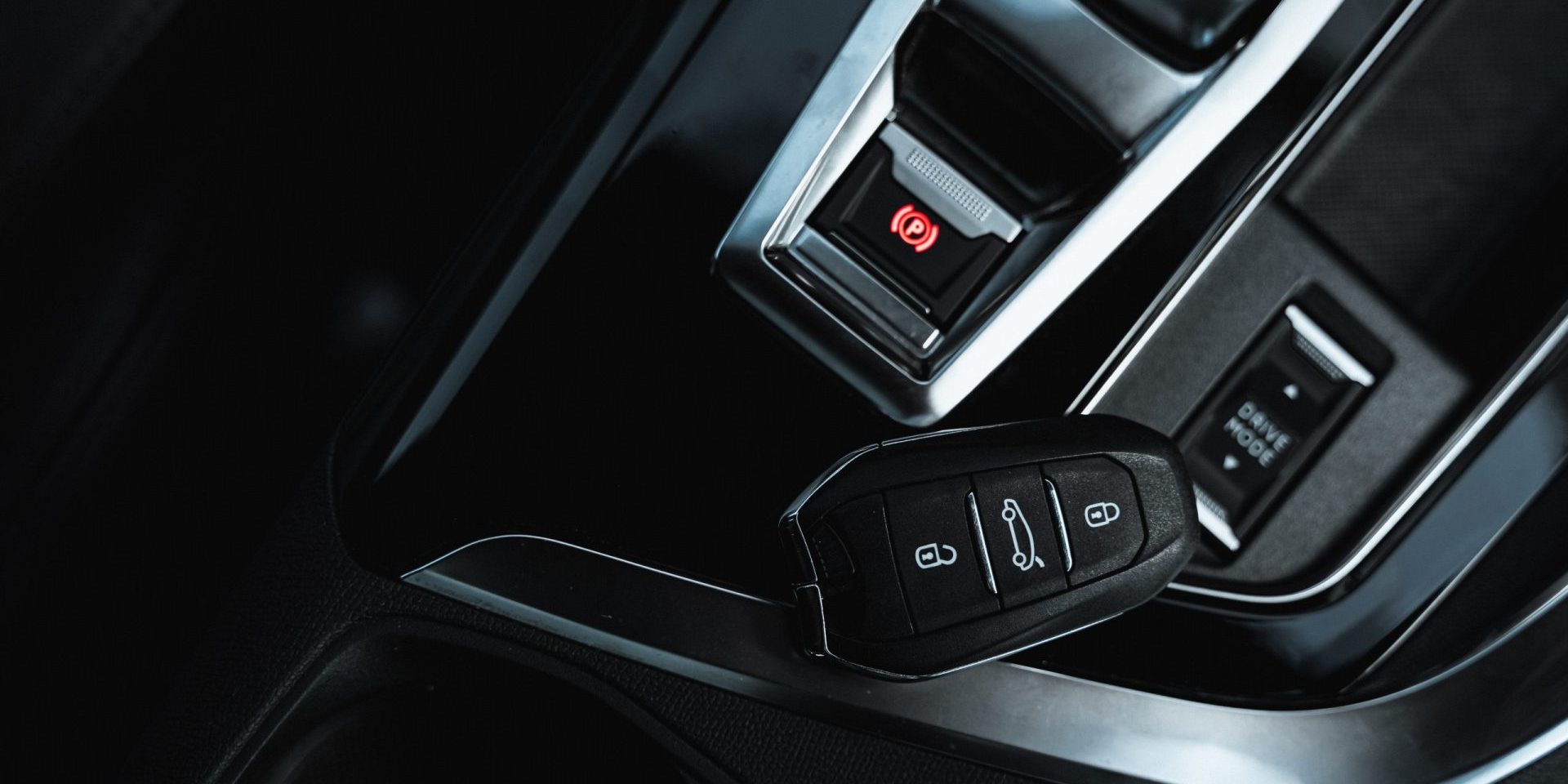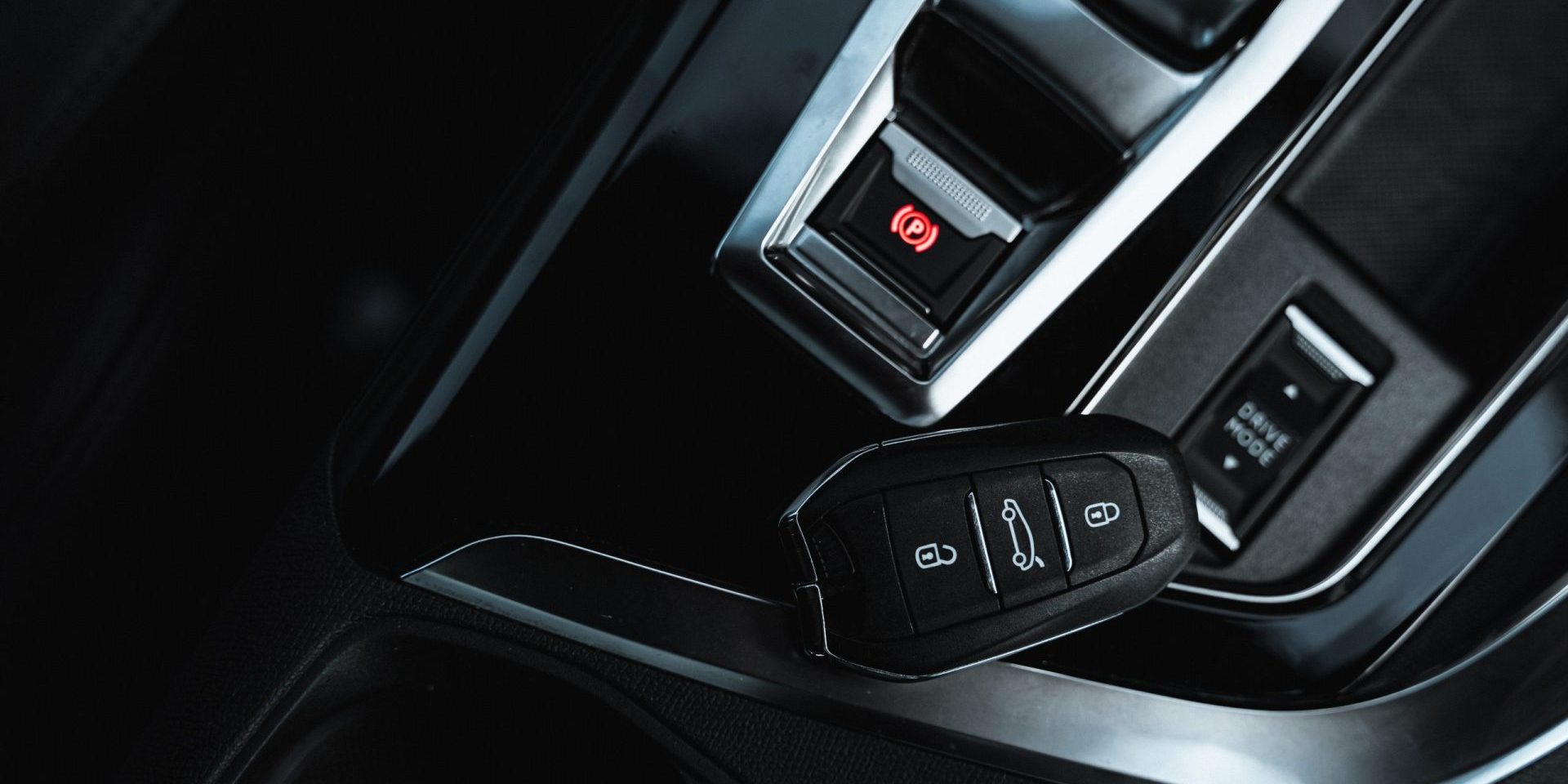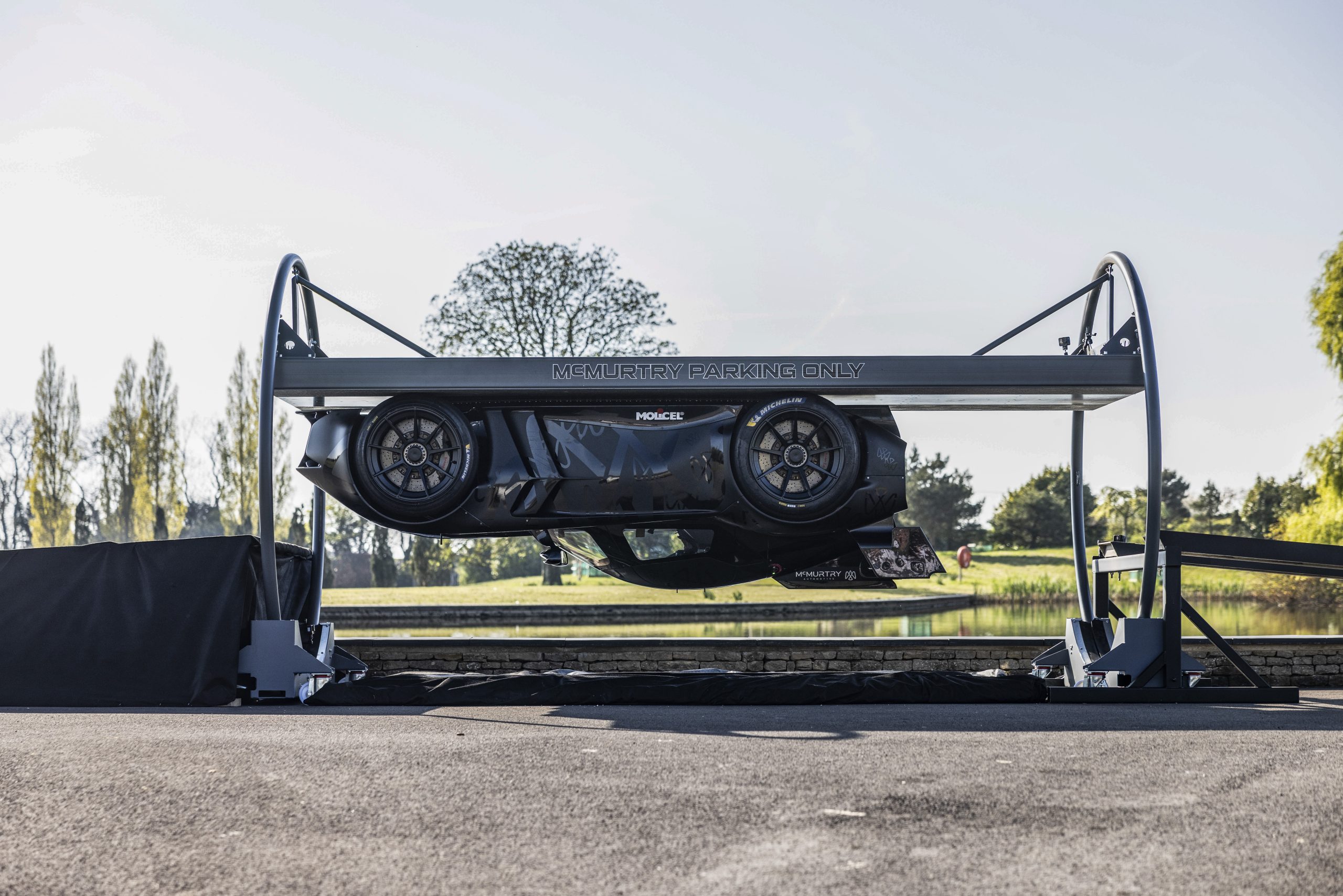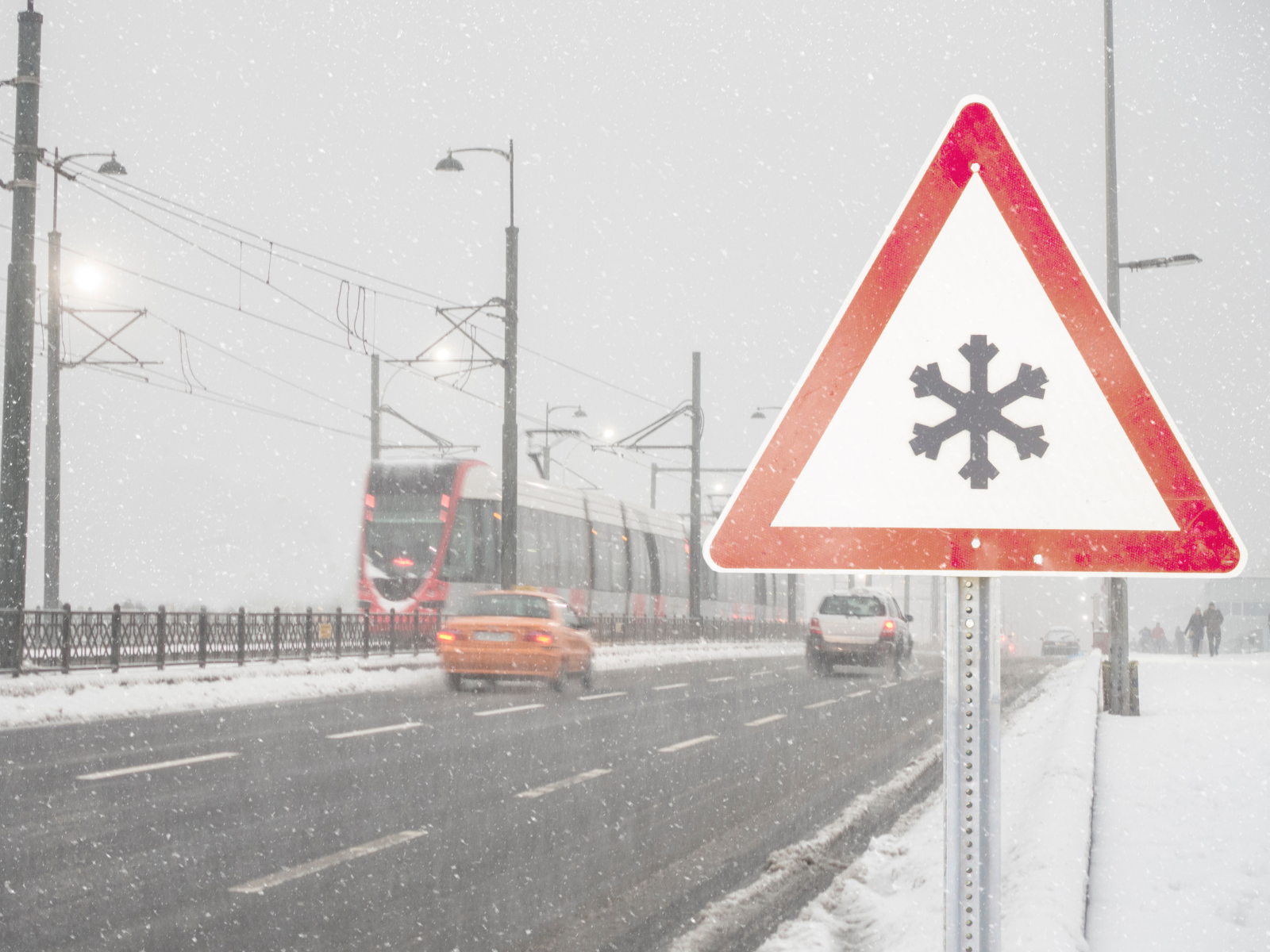How to start car with bad ignition switch


Picture this: you’re running late for work and you jump into your car, ready to hit the road. But when you turn the key, nothing happens. You try again, and still, no luck. It’s a frustrating situation, and it’s likely that your ignition switch is to blame.
But don’t worry, there are a few tricks you can try to get your car started and get on with your day. In this article, we’ll show you how to start a car with a bad ignition switch, so you can get back on the road in no time.
Definition of an ignition switch
An ignition switch is a crucial component in a vehicle that starts and controls the engine’s operation. It is responsible for supplying power to various systems, such as the fuel pump, starter motor, and other electronic devices. When you insert the key into the ignition switch and turn it to the ‘on’ position, it energizes the electrical circuits of your car—allowing it to start the engine.
The ignition switch has multiple positions; each position responds differently when you move your key. For instance, in most cars, if you turn your key one position clockwise from off, it lights up all electrical systems in your car—but does not start your engine. Whereas turning further clockwise energizes both the electrical system and starts your engine as well.
However, suppose there is an issue with an ignition switch. In that case, several problems can occur, such as difficulty starting the vehicle or even preventing it from starting at all—leading to potential hazardous situations like getting stranded on busy highways or being unable to get out of dangerous driving conditions.
If you notice any issues with your car’s ignition system, take immediate action by visiting a trusted mechanic. Ignoring these symptoms could lead to severe consequences—both financially and with regards to your personal safety on the road.
Symptoms of a bad ignition switch
Symptoms of a faulty ignition switch can be quite frustrating as they often cause unexpected car malfunctions. It is essential to know these signs before they escalate into severe and costly problems.
- Difficulty starting the engine: If you turn the key, and there’s no response from the starter motor, it’s likely a sign of an unfortunate ignition switch malfunction.
- Flickering dashboard lights: You can notice that the dashboard lights flicker or dim when trying to start the engine. This happens when insufficient power reaches the accessories bolted onto the ignition switch, causing erratic electrical output.
- Inability to move out of PARK: When your vehicle is in park mode, but you can’t shift into any other gear, it might be due to a faulty ignition switch. The transmission interlock mechanism often fails to release when this happens.
- Sudden Loss of Power Behind The Wheel: A bad ignition circuit may lead to a sudden loss of voltage feed to various electrical objects such as headlights or air conditioning system as well as sudden stall under particular driving conditions.
It would be best not to ignore these symptoms since they could result in dangerous road mishaps while driving. Ensure that you get your faulty ignition switch replaced or repaired legitimately by licensed professionals who fully understand its intricacies.
A friend of mine once had a situation where his car had trouble starting, followed by random power cuts and successes while riding. He brought his vehicle into a repair shop where he was told it was an issue with his car battery. After replacing it, however, nothing significantly changed—no improvement whatsoever.
Upon further diagnosis, it was discovered that a bad ignition switch caused all these problems hence leading to total replacement because fixing was not feasible. Even after spending hundreds on battery replacements which were unnecessary.
Diagnosis of a bad ignition switch
To diagnose a bad ignition switch with its solutions for your car’s starting problem, testing the ignition switch and identifying the signs of faulty ignition switch are essential steps. Testing the switch will help determine if the issue is with the switch or other parts. Recognizing the signs of a bad ignition switch will allow you to take action before it fails completely, or worse, causes an accident.
Testing the ignition switch
To accurately diagnose a faulty ignition switch, it’s crucial to test it correctly. A malfunctioning ignition switch can cause a variety of problems such as stalling or failure to start, which can put the driver’s life at risk. Therefore, testing the ignition switch is a critical step in ensuring vehicle safety.
To test the ignition switch, follow these four steps:
- Turn the key to the “on” position without cranking the engine
- Observe whether dashboard lights, electronics and accessories are working
- Crank the engine while monitoring whether or not there’s an audible click from the starter solenoid
- If there is no click sound or it seems weak, perform a voltage drop test on both sides of the starter circuit
It’s important to note that if any of these steps fail in their outputs, then it’s recommended that you replace your car’s ignition switch for added safety.
In addition to these steps, make sure you thoroughly inspect and diagnose all systems before replacing any parts. The symptoms of a bad ignition switch may mimic other mechanical problems, so be sure to confirm your diagnosis through proper testing procedures before proceeding with repairs.
Protect your life and others by following these steps to properly test your car’s ignition switch. A simple check can save you from dangerous situations in the future.
Signs of a faulty ignition switch
A faulty ignition switch can lead to several issues, resulting in a disrupted driving experience. Here are some indicators that you might be dealing with a bad ignition switch:
- Difficulty starting the engine: If the engine fails to start or is difficult to start consistently, it could be due to a faulty ignition switch.
- Intermittent power loss: If your car is suddenly losing power while you’re driving, this could point towards an issue with the ignition switch.
- Stalling or sudden shut off: A defective ignition switch could cause stalling or immediate shutdown of your vehicle while driving on the road.
It’s important to note that these symptoms don’t necessarily signify a bad ignition switch, but it’s always best to get them checked by a professional mechanic.
In case you’re having trouble identifying whether your car has a bad ignition switch or not, there are some unique details to consider. For example, if your instrument cluster lights fail to illuminate when you turn on the key, it could indicate an issue with the switch.
Pro Tip: Always ensure that you use high-quality components when replacing any parts of your vehicle’s electrical system.
Starting a car with a bad ignition switch
To start your car with a bad ignition switch, you have several options for a quick fix. Use a remote starter, a screwdriver, a jumper cable, or a hammer as a solution. Each sub-section provides a unique approach to turning your car on, regardless of the condition of your ignition switch.
Use of a remote starter
To start a vehicle with a faulty ignition switch, you can use an automated car starter.
Here’s how:
- Ensure that the transmission gear is in neutral mode.
- Press the brake pedal and hold it firmly.
- Activate the remote starter using the button on your key fob.
- The engine should start running. Release the brake pedal carefully and enjoy the smooth ride!
It is crucial to note that while using a remote starter, never leave your vehicle unattended as it poses potential safety hazards such as theft or accidents.
Pro Tip: Ensure that your remote starter is compatible with your vehicle before purchasing one.
Use of a screwdriver
If the ignition switch in your car is bad, you can use an alternative method of starting your vehicle. By employing a certain tool, which has a handle and a blade, this task can be accomplished with ease.
Here’s a 3-step guide on how to start your vehicle using the specified tool:
- Insert the blade into the keyhole of the ignition switch.
- Turn it gently until you hear a click sound. This indicates that your car is now powered on.
- Use the tool to turn the engine on and drive away.
It is important to note that this method should only be used in emergency situations and not as a permanent solution.
It may also be helpful to detach the ignition switch from its placement and replace it with a new one. Additionally, ensure that any loose wiring connections are fixed as well.
As history tells us, car thefts rose during the Great Depression. During this time, some people would take apart their own cars in order to sell pieces for profit. To prevent their cars from being stolen, many would remove their distributor caps or even use makeshift tools – such as screwdrivers – to start their vehicles.
Use of a jumper cable
When faced with a faulty ignition switch, a Semantic NLP variation of ‘Use of a jumper cable’ can be an effective solution. Here is how to jump-start your car with the help of another vehicle:
- Position both vehicles so that their batteries are parallel and close together, but not touching.
- Connect one end of the red/positive jumper cable to the positive (+) terminal of the dead battery.
- Attach the other end of the same cable to the positive terminal on the working vehicle’s battery.
- Next, connect one end of the black/negative cable to the negative (-) terminal on the working vehicle’s battery.
- Finally, attach the other end of this cable to an unpainted metal surface on your car that isn’t near any fuel sources or moving parts. DO NOT connect it to your vehicle’s negative battery terminal as it could cause a spark which may ignite hydrogen gas from your battery.
It is essential to pay attention when removing jumper cables since improper handling can result in serious harm. When you’re done, start your ignition and let it run for a few minutes before driving.
Additional precautions include regularly examining car batteries and cables for wear and tear, preventing corrosion by cleaning terminals with baking soda paste, wearing protective gear during maintenance procedures, and seeking expert help if unsure.
Don’t let an ignition switch ruin your day. Keep jumper cables handy at all times and follow these simple steps for smooth operation when facing this problem.
Use of a hammer
When the ignition systems become faulty, a hammer can be used to start a car. The process is simple and effective when done correctly.
- First, locate the steering column cover housing where the ignition switch is located.
- Second, remove the upper and lower covers of the steering column using a screwdriver to expose the ignition switch.
- Third, tap the back of the ignition switch with a hammer while turning the key to start the vehicle.
It is important to note that this method should only be used as a temporary solution as continued use could cause further damage to both the ignition switch and starter system.
In addition, it is recommended that professional assistance should be sought in order to replace or repair defective parts.
A frustrated driver once used this technique while stuck in a remote location with no auto repair shops nearby. Although it worked initially, it eventually caused more damage leading to costly repairs in order for his car to function properly again.
Replacing a bad ignition switch
To replace a bad ignition switch with ease, follow these simple steps: Start by removing the old ignition switch, then move on to installing the new ignition switch. Finally, test the new ignition switch to ensure it’s working properly. That’s it! By dividing the process into three sub-sections, each step becomes manageable and simple to follow.
Removal of the old ignition switch
Removing the faulty ignition switch is a crucial step in replacing it with a new one. To begin the process, disconnect the car battery and gather all necessary tools. Then, locate the ignition switch under the dashboard or steering column. Carefully unscrew and remove any panels obstructing access to the switch. Gently disconnect any wiring attached to the old switch before fully removing it.
- Disconnect the car battery.
- Locate and remove any obstruction from the ignition switch.
- Unscrew panels and gently detach wiring connected to the old ignition switch.
- Carefully remove the old ignition switch.
It is essential to handle the delicate wiring that connects to an ignition switch with care as they can easily break or get damaged. Additionally, some vehicles may need extra precautions while removing their ignition switches, so be sure to consult a professional if needed.
Replacing an old and defective ignition switch can save you costly repairs in more critical parts of your vehicle. Don’t wait until it’s too late; have your faulty ignition switch replaced as soon as possible for safe driving.
Make sure you don’t put off replacing your bad ignition switch any longer! Schedule an appointment today with a qualified mechanic and avoid precarious situations on the road!
Installation of the new ignition switch
To replace a faulty ignition switch, installation of the new ignition switch is crucial. A successful installation requires proper guidance and attention to detail. Here is a simple six-step guide to ease the process.
- Disconnect the Battery – Always disconnect your battery before performing any electrical work for safety purposes.
- Remove Steering Column Cover – Unscrew the screws that hold the steering column cover in place, exposing the ignition switch assembly.
- Remove Ignition Switch Assembly – You’ll need to remove any bolts holding it in place and disconnect wires leading to it before removing the assembly itself.
- Install New Ignition Switch – Position your new switch where the old one was and reattach relevant bolts and wires.
- Replace Steering Column Cover – Reinstall with screws previously removed in step 2.
- Reconnect Battery – With all physical work done, reconnect your battery connections, ensuring they are secure.
It’s important to note that some cars may require additional steps or tools, depending on their make and model. Ensure you have researched or consulted with a professional before attempting this procedure.
One final note: Ignition switches are critical parts of vehicles affecting safety, rendering them inoperable if ineffective; we highly advise not delaying their replacement once detected as faulty.
Testing the new ignition switch
After replacing a faulty ignition switch, it is essential to check if the newly installed switch is functioning adequately. This step ensures the proper starting and functioning of the vehicle.
To test the new ignition switch:
- Insert the key into the ignition switch and turn it to the ‘ON’ position.
- Check if all dashboard warning lights are visible. If they illuminate, turn off the engine and recheck that each light turns off correctly.
- Turn the key to start mode (crank position) and observe whether it starts without any issues. If there is any problem, inspect wiring connections or investigate other related components which may cause this malfunction.
It would not be sufficient merely to examine whether your car starts with ease after installing a new ignition switch. Still, you must ensure that all warning indicators on the dashboard light up and go out promptly before driving your vehicle.
Lastly, It’s recommended to conduct routine checks on all electrical components in your car to identify any potential issues before they escalate beyond control. By doing so, you can avoid hefty repair bills down the line and keep your vehicle running smoothly for years to come.
How to start car with bad ignition switch – Key Takeaways
Having a faulty ignition switch can be frustrating when you need to start your car. However, there are methods that can help you start your car without replacing the ignition switch. One possible solution is using a bypassing method or jump-starting the vehicle.
To bypass the ignition system, you will need to identify and connect the wires directly responsible for starting the car. It is crucial to follow proper safety precautions and know-how to locate these wires before attempting this method. Similarly, in jump-starting a vehicle with a bad ignition switch, you will need another fully functioning vehicle and jumper cables.
If these methods do not work or seem too complicated, seeking professional help from an experienced mechanic is also an option. Not only do they have the necessary knowledge and equipment to diagnose and fix the issue, but they can also ensure your safety while doing so.
Don’t let a bad ignition switch prevent you from getting on with your day. Try bypassing or jump-starting your vehicle safely or seek help from professionals to ensure a quick solution to this problem.
How to start car with bad ignition switch – Frequently Asked Questions
1. What are the signs of a bad ignition switch in a car?
A: Some common signs of a bad ignition switch include difficulty starting the car, intermittent power loss, stalling, and a dead battery.
2. Can a car be started with a bad ignition switch?
A: Yes, a car can be started with a bad ignition switch if you use a temporary fix like jumping the starter or attaching a push-button switch to the ignition system.
3. What is the cost to replace an ignition switch?
A: The cost to replace an ignition switch can vary depending on the make and model of the car, but it typically ranges from $150 to $300.
4. How can I diagnose a bad ignition switch?
A: To diagnose a bad ignition switch, you can check for a lack of power to the ignition system, look for a loose or damaged wire, or test the ignition switch with a multimeter.
5. Is it safe to use a temporary fix for a bad ignition switch?
A: While a temporary fix for a bad ignition switch can be safe for short-term use, it is not a long-term solution and can put additional strain on the electrical system of the car. It is recommended to have the ignition switch replaced as soon as possible.
6. Can a locksmith fix a bad ignition switch?
A: Yes, a locksmith may be able to fix a bad ignition switch or replace it if necessary. However, it is recommended to take the car to a professional mechanic to ensure a proper fix.











[…] Switch on the ignition for 15 minutes […]
[…] Switch on the ignition and let the scanner boot up. […]